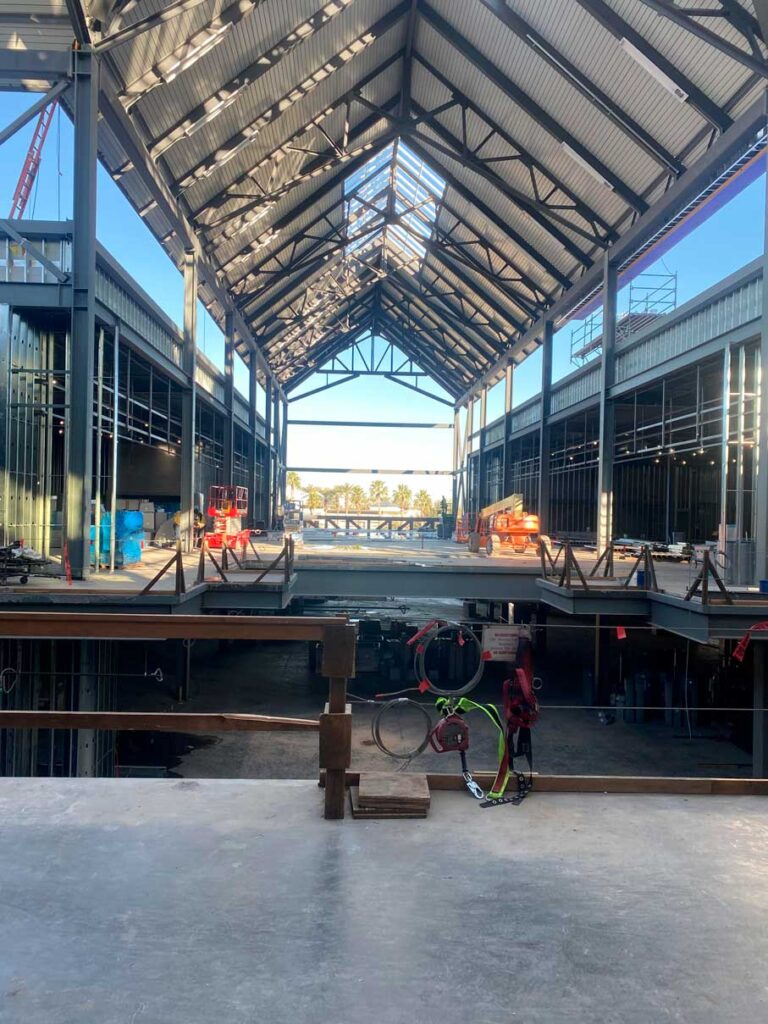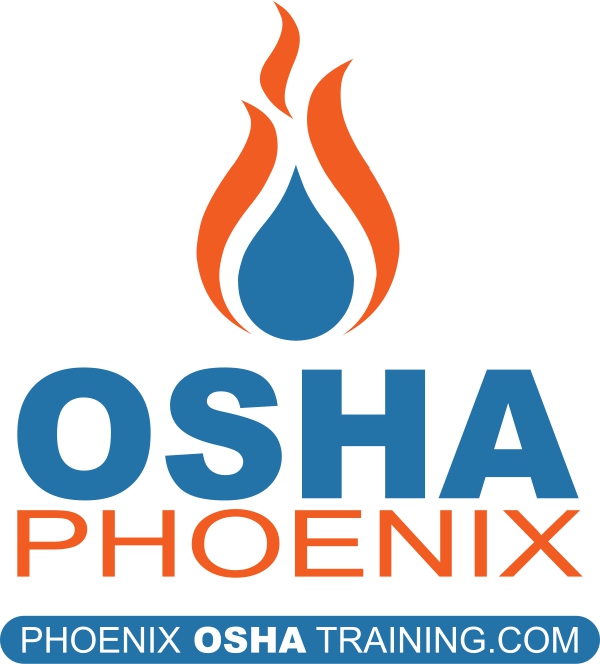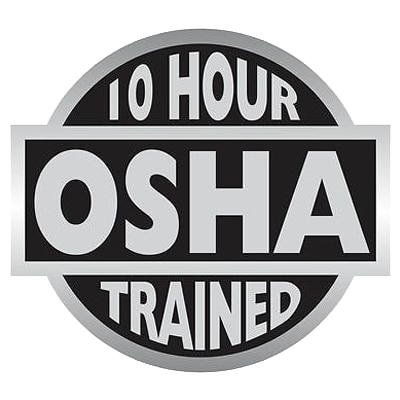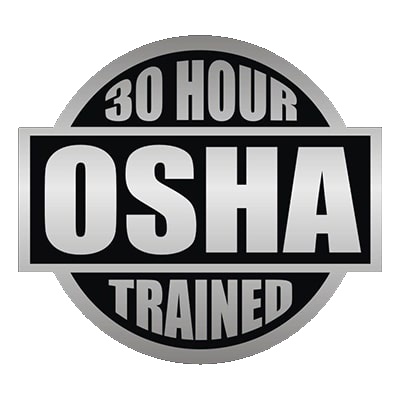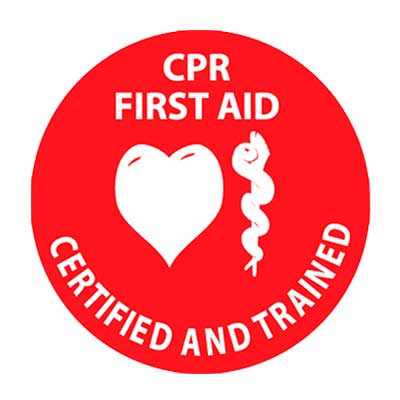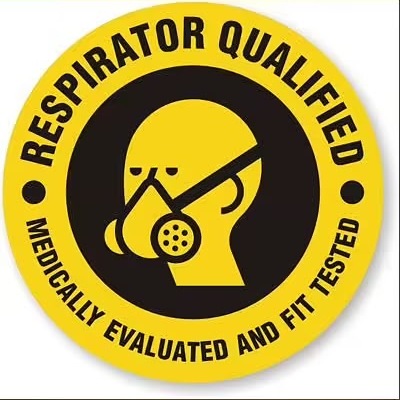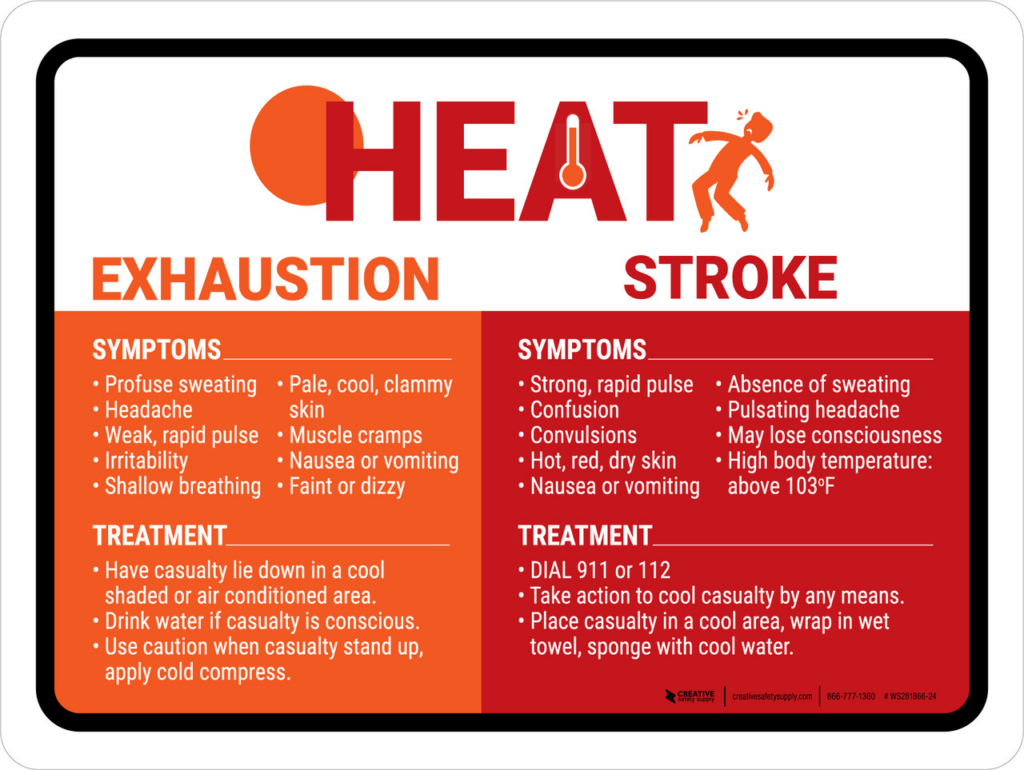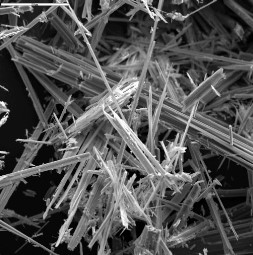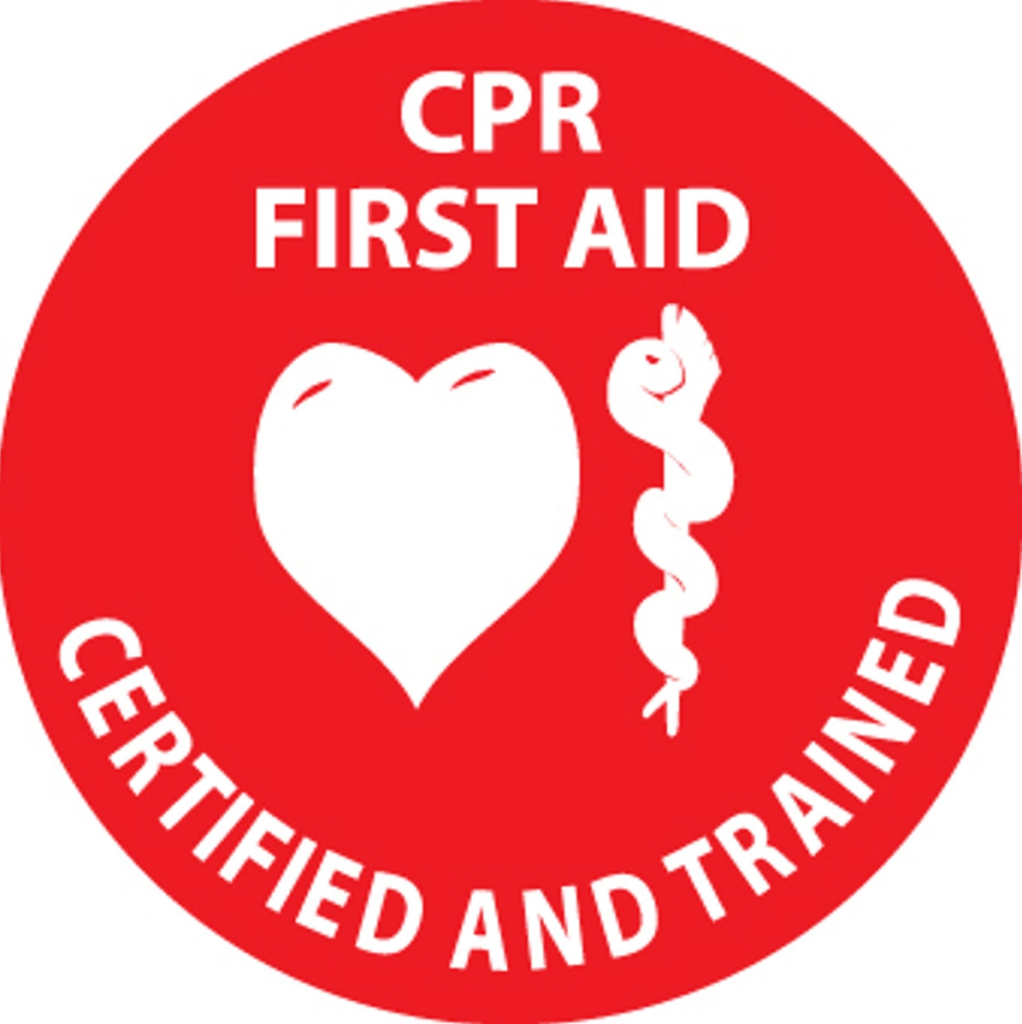OUR COURSES
Training Courses We Provide

OSHA 10 is part of the OSHA Outreach Training Program consists of several topics such as serious workplace hazards, worker’s rights, and employer responsibilities. It also teaches basic safety and health information to entry-level construction workers and the general industry. It is recommended for all workers to take this course to reduce workplace accidents and also help small to mid-size companies to become and remain OSHA compliant. It consists of two 5-hour days to meet the OSHA requirements for an OSHA 10 course. After the completion of this course, participants will receive an OSHA 10 course completion card after 3-4 weeks of completing the course. If needed, a certificate of completion can be given after the course is completed while the OSHA 10 completion card arrives.
$125.00 (min.10 people)

OSHA 30 Hour Training for Construction and for General Industry
OSHA 30 is a 30-hour program that consists of four 8-hour days. This course provides vital information for safety directors, foremen, and field supervisors that is from OSHA 29 CFR 1910. At the end of the course, participants will be able to have a better understanding of potential hazards that come from a worksite and how to avoid them. After the course is completed, participants will receive an OSHA 30 course completion card after 3-4 weeks of completing the course. If needed, a certificate of completion can be given after the course is completed while the OSHA 30 completion card arrives.
$395.00 (min.10 people)
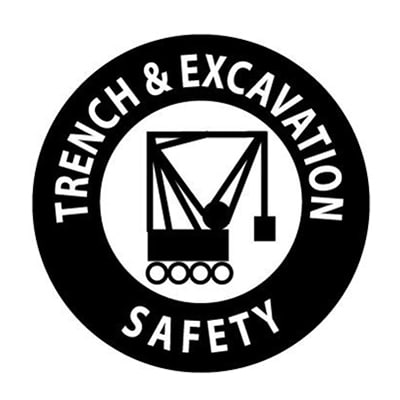
This class serves as an overview of trenches and excavation safety. Participants will look over 29 CFR part 1926 subpart P and be able to learn the different protective systems used to protect construction workers from cave-ins. At the end of the class, participants will be able to identify the hazards that come from trenches and excavation as well as the different safety precautions taken to prevent an incident from occurring.
$95

This is a competent level course where participants will look over 29 CFR part 1926 subpart P which contains requirements for excavation and trenching operations. Participants will also learn how to properly identify the different types of soils and the proper protective systems available for each soil type. At the end of the course, participants will be able to properly identify the hazards that come from excavation and trenching operations and how to avoid those hazards from occurring. Once the course is completed, participants will receive a certificate as evidence that the course was completed successfully.
$195
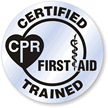
This course is designed for individuals that are looking to become certified in CPR and First Aid. Participants will learn how to treat individuals in a variety of scenarios such as heat stroke, cuts and scrapes, allergic reactions, heart attack, etc. Participants will also learn how to properly perform CPR on any individual by using dummies as a form of practice. At the end of the course, participants will receive a First Aid/CPR/AED certification and will help fulfill the recommendation of OSHA of having at least one individual that is certified in CPR in a worksite when no infirmary, clinic, or hospital is close by.
$85.00
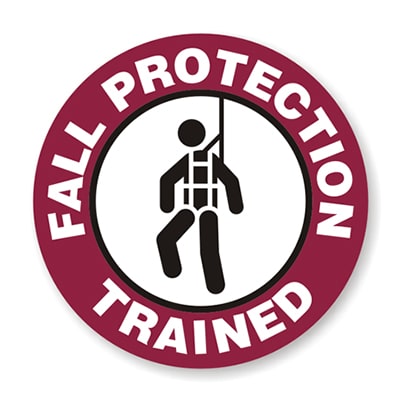
This course is designed as an overview of fall protection and how to properly identify the different safety measures taken to avoid any incidents from occurring. This course will primarly focus on how to wear a harness properly, how to properly install guardrails and participants will also look over 29 CFR part 1926 subpart P.
$95.00

This is a competent level course where participants will look over 29 CFR part 1926 subpart P which contains requirements for excavation and trenching operations. Participants will also learn how to properly identify the different types of soils and the proper protective systems available for each soil type. At the end of the course, participants will be able to properly identify the hazards that come from excavation and trenching operations and how to avoid those hazards from occurring. Once the course is completed, participants will receive a certificate as evidence that the course was completed successfully.
$195.00
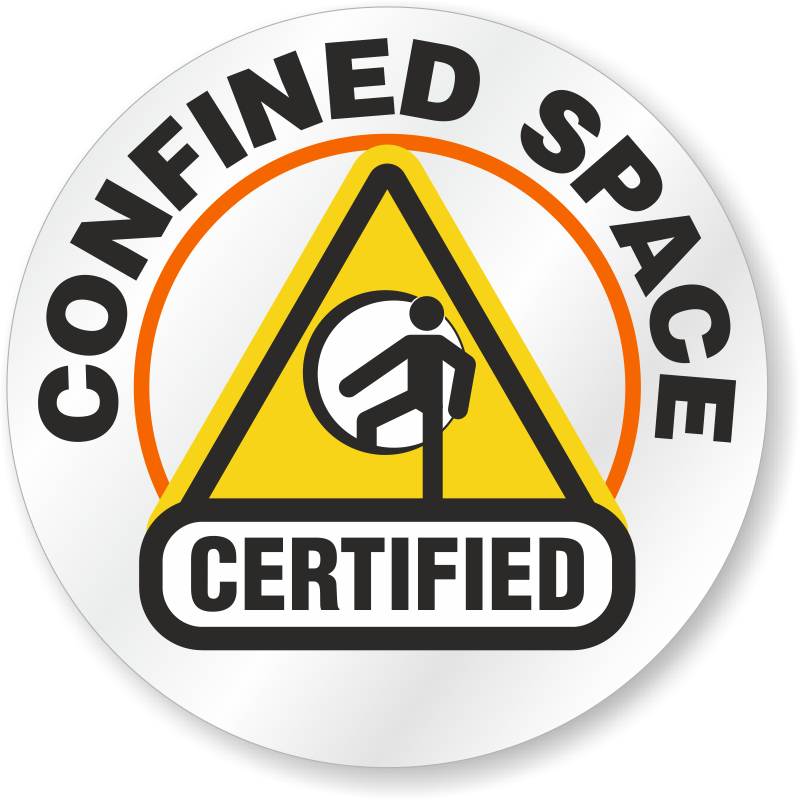
This class serves as an overview of what is classified as a confined space and as a permit-required confined space. Participants will also look over 29 CFR part 1926 subpart AA and learn how to identify potential hazards when entering a confined space.
$95.00

Participants will look over 29 CFR part 1926 subpart AA which contains requirements and criteria for confined spaces. Participants will be able to properly identify the differences between a confined space and a permit-required confined space and the steps that are taken to ensure a safe entry. At the end of the course, participants will be able to properly identify what a confined space is, the hazards that are present in a confined space, and the duties of an attendant.
$195.00
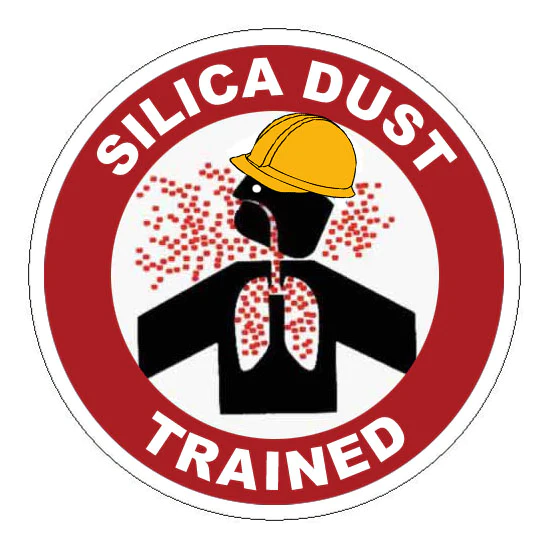
This course is designed for individuals that work in areas where silica is present. This course will discuss the specified exposure control methods when working with materials containing crystalline silica. Table 1 will also be discussed in this course to properly identify the proper control methods that must be performed throughout various activities. At the end of the course, participants will be able to understand what crystalline silica is, the hazards that come from inhaling silica, and the proper control methods established by OSHA to minimize silica exposure.
$95.00
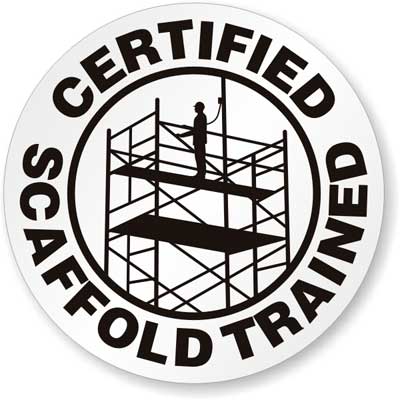
This course is designed as an overview of how to properly install a scaffolding system. Participants will also look over Participants will look over 29 CFR part 1926 subpart L. At the end of this course, participants will be able to properly identify hazards that come from improper installments of a scaffold and how to avoid incidents from occurring.
$95.00

This course is designed for participants whose duties require the use of a scaffolding system. Participants will look over 29 CFR part 1926 subpart L and learn how to properly set up a scaffolding system. Participants will also learn how to properly inspect a scaffolding system as well as the requirements that need to be fulfilled to abide with the standards set by OSHA. At the end of the course, participants will be able to properly identify the hazards of not assembling a scaffolding system correctly and how to minimize the risk of falls in a construction workplace.
$195.00
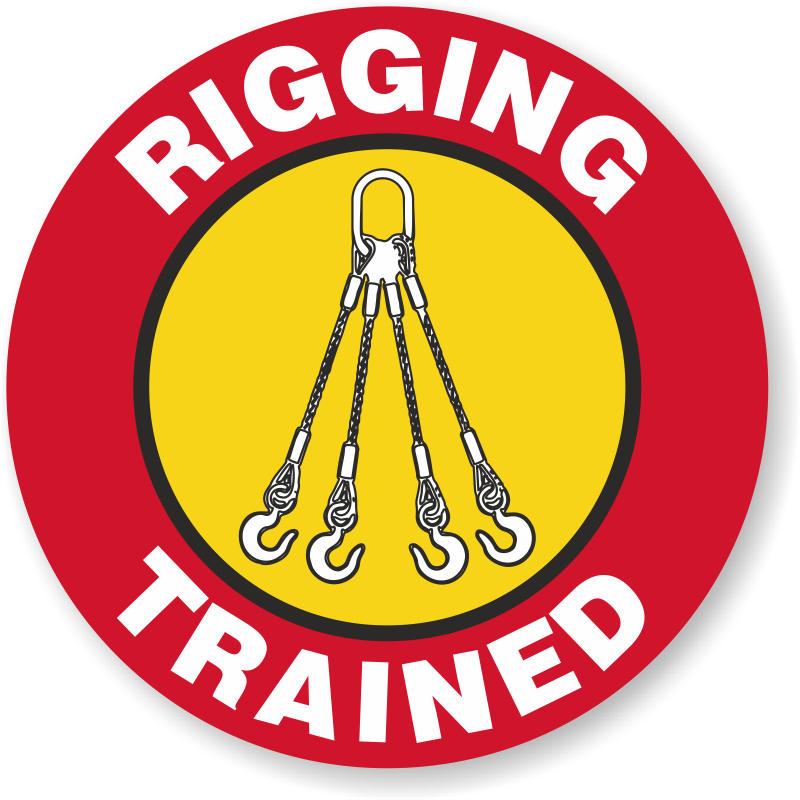
This course is a brief overview on how to properly identify a damaged rigging equipment. Participants will also look over a variety of definitions related to rigging. At the end of this course, participants will have a clear understanding on what rigging equipment is allowed to be used and basic signal person hand movements to communicate with a crane operator.
$95.00

This is a competent level course where participants will learn the basics of rigging in order to successfully lift up a load without any failures. This course will cover a variety of definitions as well as different math equations to calculate sling tension. Not only will participants be able to successfully lift up a load after the course is finished, but participants will also learn the basics for signaling a crane operator. After the course is completed, participants will be able to identify the hazards for lifting up a load incorrectly and the proper techniques that come from rigging.
$195.00
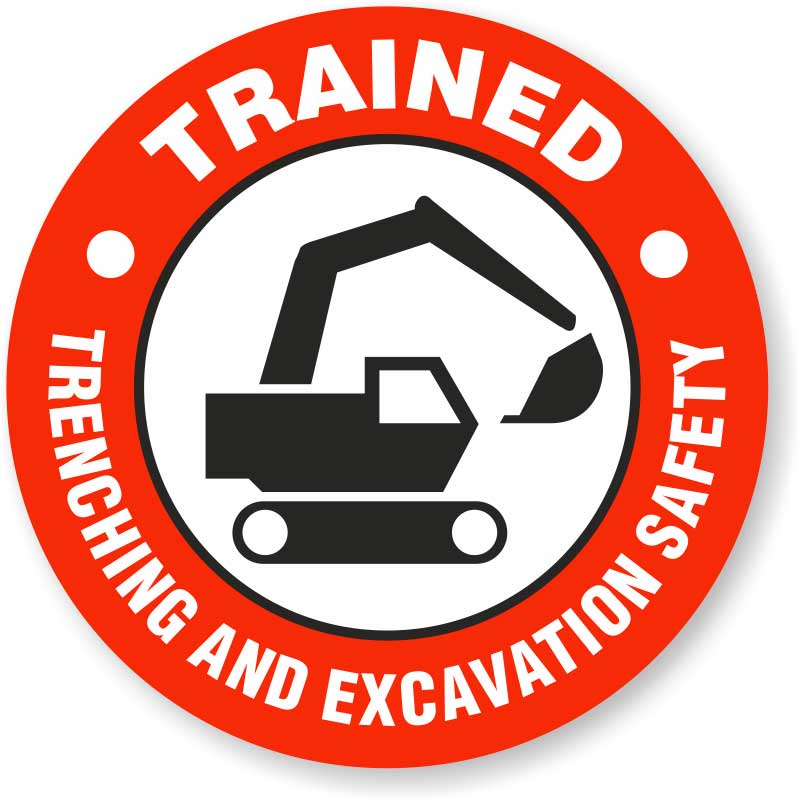
This course is designed for individuals that want to learn how to teach trench and excavation safety to other individuals. A variety of different materials will be handed out to participants to be used when teaching other individuals. Participants will be able to properly identify the hazards that come from trenching and excavation and how to abide by OSHA standards to ensure that all workers are properly protected from cave-ins. At the end of the course, participants will have a clear understanding of how to teach other individuals the importance of working inside a trench or excavation safely through the use of different materials that will be provided to each participant.
Please Inquire
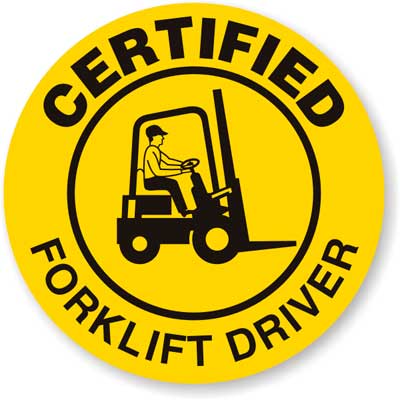
This course focuses on how to properly understand the mechanics of a forklift. Participants will be able to identify the hazards that come from lifting uneven loads or loads that exceed the capacity of a forklift. At the end of the course, participants will understand how to properly use a forklift, how to perform a daily inspection of a forklift prior to being used, how to avoid any injuries while using a forklift, and how to properly identify the best strategy of lifting up a variety of different loads.
- Classroom Training: $95.00
- Classroom and on-hands: $195.00 (client provides aerial lift at their facility) (min.3 people)
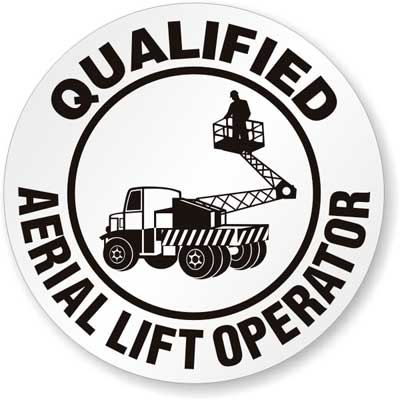
This course focuses on the use of different lifts such as a boom lift or a scissor lift and the hazards that come from using each equipment. Participants will be able to fully understand the best practices to use when using Aerial Equipment and how to minimize the risk of injuries. At the end of the course, participants will also learn how to properly perform an inspection on different Aerial Equipments to avoid safety hazards that can come through the use of Aerial Equipment.
- Classroom Training: $95.00
- Classroom and on-hands: $195.00 (client provides aerial lift at their facility) (min.3 people)
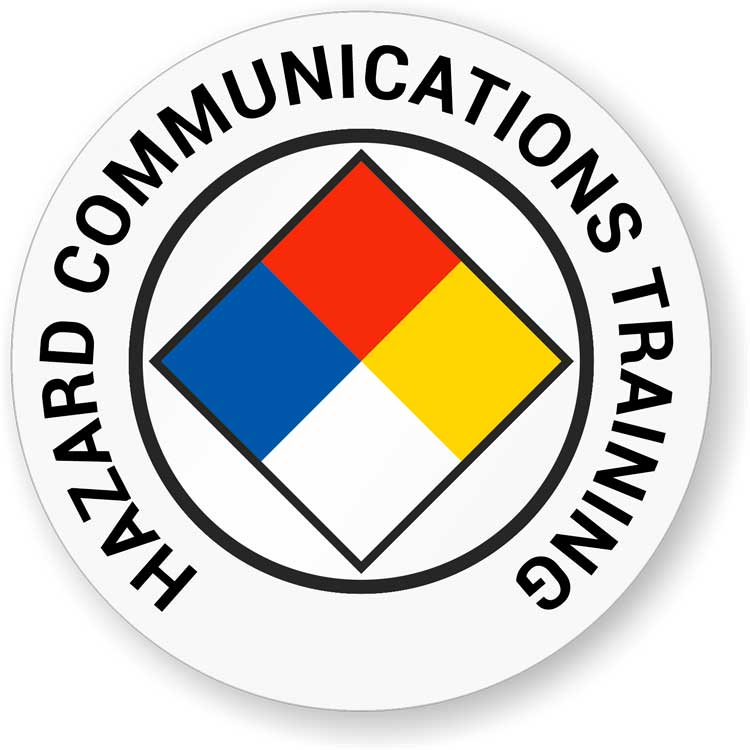
This course is set up to help companies satisfy the requirement 29 CFR 1910.1200 (h) set by OSHA. In this course, participants will be able to properly identify the hazards that come from using a variety of chemicals. At the end of the course, participants will also learn how to properly read an SDS booklet and identify the safest practice in using different hazardous chemicals.
$75.00
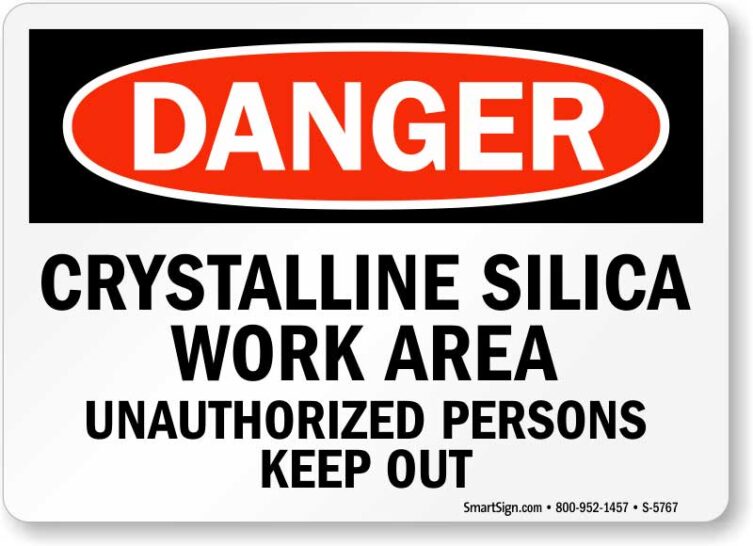
This course will help participants understand the importance of sampling for Crystalline Silica and how to properly use a sampling cyclone. A sampling cyclone is a relatively small piece of equipment that clips onto a worker’s shirt and is connected to a pump (usually attached to the worker’s belt or back pocket) that draws air from the surrounding environment. At the end of the course, participants will be able to successfully use a sampling cyclone in a workplace setting where silica may be present.
Please Inquire
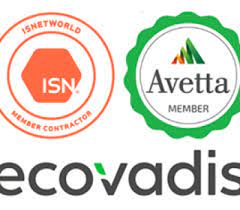
RAVS which stands for Review and Verification Services is the section of your application for ISNetworld certification or other safety certifications. It can be intimidating to create a safety program trying to understand the special format required which RAVS safety programs are written for. The RAVS section makes up about 30% to 40% of your final grade. This is where Phoenix OSHA training comes in. We can help you write a safety program that corresponds with the request of your client and upload it to your portal. Let us take the burden of writing a flawless safety program based on federal and state regulations as well as your client’s request. We are here to help.
Please Inquire
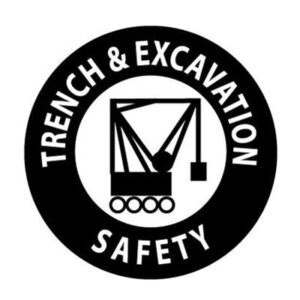
Trenching And Excavating Safety(Fall Protection Awareness and Competent Person Training)
This is a competitive level course where participants will look over 29 CFR part 1926 subpart P which contains requirements for excavation and trenching operations. Participants will also learn how to properly identify the different types of soils and the proper protective systems available for each soil type. At the end of the course, participants will be able to properly identify the hazards that come from excavation and trenching operations and how to avoid those hazards from occurring. Once the course is completed, participants will receive a certificate as evidence that the course was completed successfully.
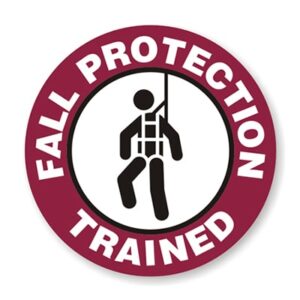
Fall Protection Training(Fall Protection Awareness and Competent Person Training)
Participants will look over 29 CFR part 1926 subpart M which contains requirements and criteria for fall protection in a construction workplace. Participants will also learn how to properly inspect a harness prior to being used and how to properly put one one. At the end of the course, participants will be able to properly identify the hazards that come from working at heights and the different measures that are taken to avoid any falls from occurring in a construction workplace.

OSHA 30 is a 30-hour program that consists of four 8-hour days. This course provides vital information for safety directors, foremen, and field supervisors that is from OSHA 29 CFR 1910. At the end of the course, participants will be able to have a better understanding of potential hazards that come from a worksite and how to avoid them. After the course is completed, participants will receive an OSHA 30 course completion card after 3-4 weeks of completing the course. If needed, a certificate of completion can be given after the course is completed while the OSHA 30 completion card arrives.

OSHA 10 is part of the OSHA Outreach Training Program which consists of several topics such as serious workplace hazards, worker’s rights, and employer responsibilities. It also teaches basic safety and health information to entry-level construction workers and the general industry. It is recommended for all workers to take this course to reduce workplace accidents and also help small to mid-size companies to become and remain OSHA compliant. It consists of two 5-hour days to meet the OSHA requirements for an OSHA 10 course. After the completion of this course, participants will receive an OSHA 10 course completion card after 3-4 weeks of completing the course. If needed, a certificate of completion can be given after the course is completed while the OSHA 10 completion card arrives.
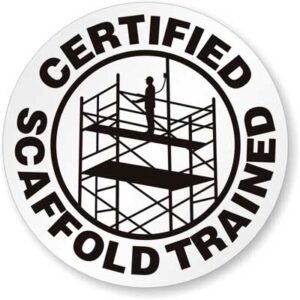
This course is designed for participants whose duties require the use of a scaffolding system. Participants will look over 29 CFR part 1926 subpart L and learn how to properly set up a scaffolding system. Participants will also learn how to properly inspect a scaffolding system as well as the requirements that need to be fulfilled to abide with the standards set by OSHA. At the end of the course, participants will be able to properly identify the hazards of not assembling a scaffolding system correctly and how to minimize the risk of falls in a construction workplace.
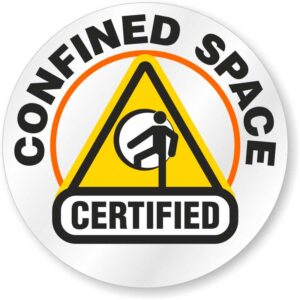
Confined Spaces For Construction Training(Fall Protection Awareness and Competent Person Training)
Participants will look over 29 CFR part 1926 subpart AA which contains requirements and criteria for confined spaces. Participants will be able to properly identify the differences between a confined space and a permit-required confined space and the steps that are taken to ensure a safe entry. At the end of the course, participants will be able to properly identify what a confined space is, the hazards that are present in a confined space, and the duties of an attendant.

This course is designed for individuals that are looking to become certified in CPR and First Aid. Participants will learn how to treat individuals in a variety of scenarios such as heat stroke, cuts and scrapes, allergic reactions, heart attack, etc. Participants will also learn how to properly perform CPR on any individual by using dummies as a form of practice. At the end of the course, participants will receive a First Aid/CPR/AED certification and will help fulfill the recommendation of OSHA of having at least one individual that is certified in CPR in a worksite when no infirmary, clinic, or hospital is close by.
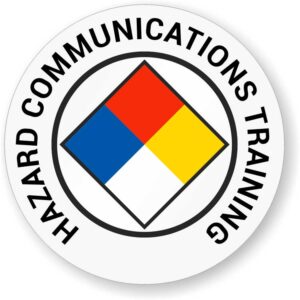
This course is set up to help companies satisfy the requirement 29 CFR 1910.1200 (h) set by OSHA. In this course, participants will be able to properly identify the hazards that come from using a variety of chemicals. At the end of the course, participants will also learn how to properly read an SDS booklet and identify the safest practice in using different hazardous chemicals.
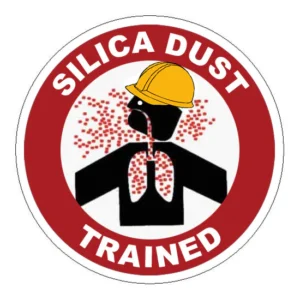
This course is designed for individuals that work in areas where silica is present. This course will discuss the specified exposure control methods when working with materials containing crystalline silica. Table 1 will also be discussed in this course to properly identify the proper control methods that must be performed throughout various activities. At the end of the course, participants will be able to understand what crystalline silica is, the hazards that come from inhaling silica, and the proper control methods established by OSHA to minimize silica exposure.
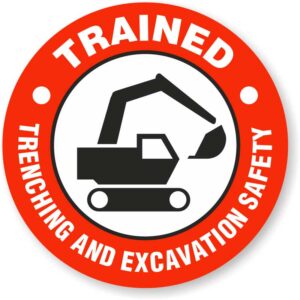
This course is designed for individuals that want to learn how to teach trench and excavation safety to other individuals. A variety of different materials will be handed out to participants to be used when teaching other individuals. Participants will be able to properly identify the hazards that come from trenching and excavation and how to abide by OSHA standards to ensure that all workers are properly protected from cave-ins. At the end of the course, participants will have a clear understanding of how to teach other individuals the importance of working inside a trench or excavation safely through the use of different materials that will be provided to each participant.
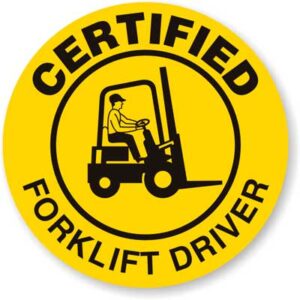
This course focuses on how to properly understand the mechanics of a forklift. Participants will be able to identify the hazards that come from lifting uneven loads or loads that exceed the capacity of a forklift. At the end of the course, participants will understand how to properly use a forklift, how to perform a daily inspection of a forklift prior to being used, how to avoid any injuries while using a forklift, and how to properly identify the best strategy of lifting up a variety of different loads.
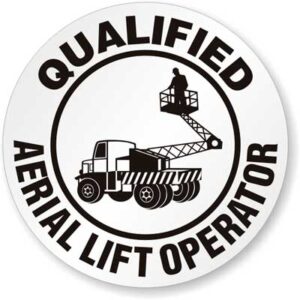

Vivamus suscipit tortor eget felis porttitor volutpat. Curabitur non nulla sit amet nisl tempus convallis quis ac lectus. Vestibulum ante ipsum primis in faucibus orci luctus et ultrices posuere cubilia Curae; Donec velit neque, auctor sit amet aliquam vel, ullamcorper sit amet ligula.
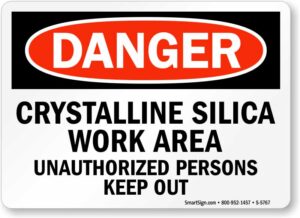
This course will help participants understand the importance of sampling for Crystalline Silica and how to properly use a sampling cyclone. A sampling cyclone is a relatively small piece of equipment that clips onto a worker’s shirt and is connected to a pump (usually attached to the worker’s belt or back pocket) that draws air from the surrounding environment. At the end of the course, participants will be able to successfully use a sampling cyclone in a workplace setting where silica may be present.
Don't see a date for the course you are looking for? Want to schedule a training course at your location?
OTHER SERVICES
Written Safety Program Development
The purpose of a written safety program is to reduce work-related injuries and illnesses. Management stipulates their safety requirements and expectations for employees to follow. Having these requirements and expectations in writing is important, it will reduce opportunities for miscommunication and it will provide employees with a guideline on how to identify hazards and how to proceed to reduce or eliminate those hazards.
OSHA requires written safety programs or plans for most of the safety regulations. OSHA Phoenix, LLC. can help you with the development of your written safety program.
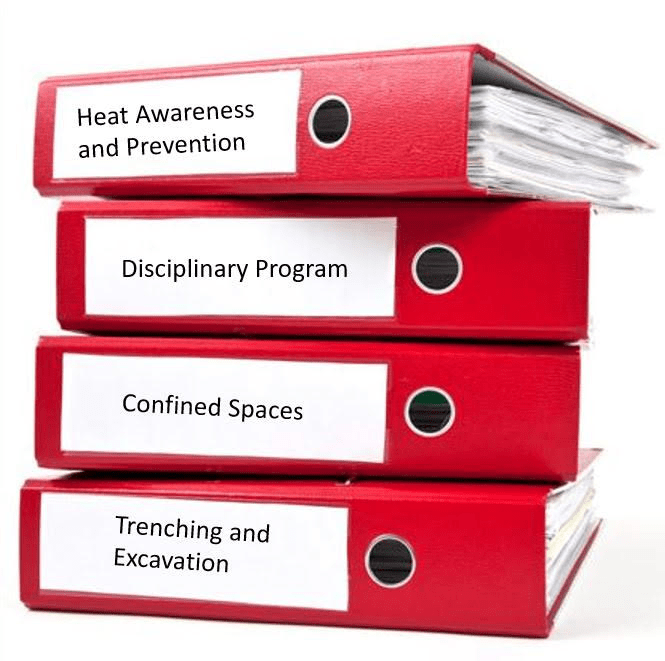
Mock OSHA Safety Inspection
The purpose of the Mock OSHA Safety Inspection is to help identify some of the possible areas that need improvement, and to make sure that your employees are working safely.
A Mock OSHA Safety Inspection can help you identify potentially costly violations and areas where safety and health hazards exist within your operations.
We will conduct a safety evaluation onsite to determine potential OSHA violations. We will also inspect your company’s documentation including the health and safety programs and training logs.
Your company will receive a detailed report that shows the deficiencies and opportunities for improvement that were uncovered. The report will include the detected hazards, the OSHA regulations that are not in compliance, and recommendations to correct the violations.
